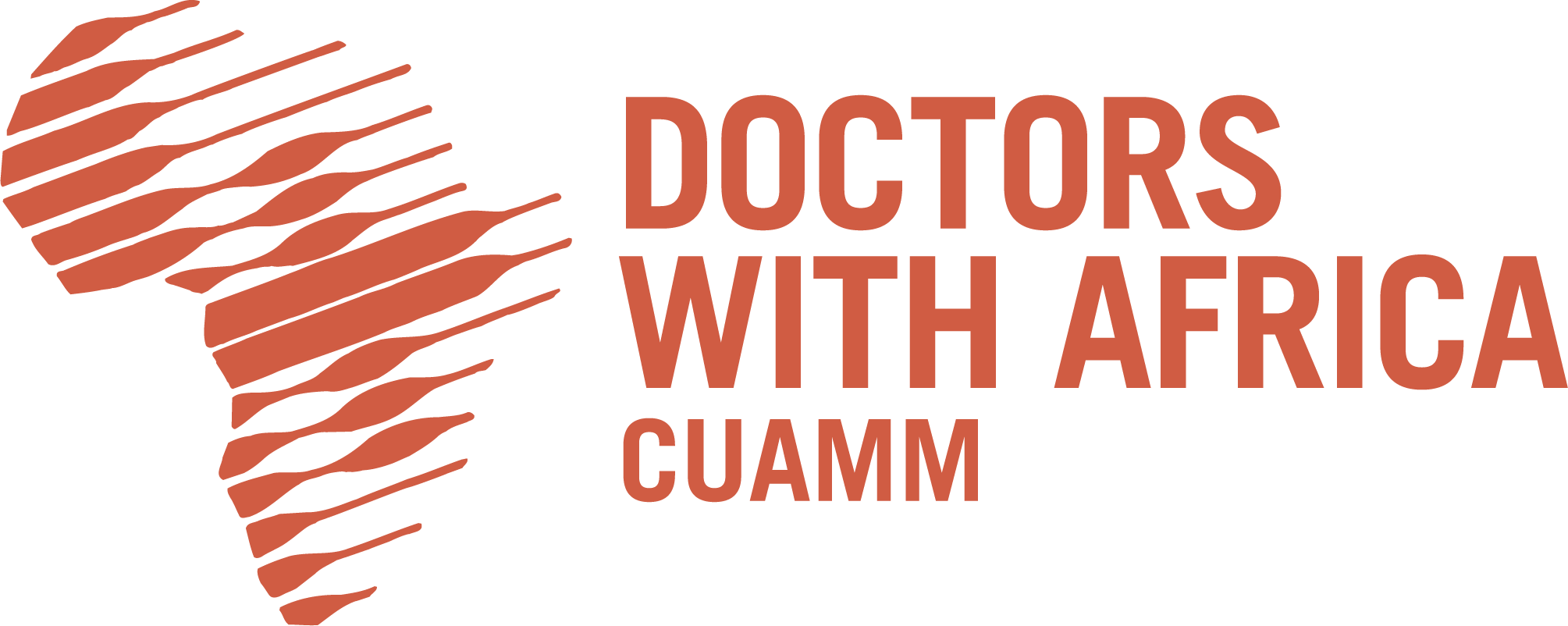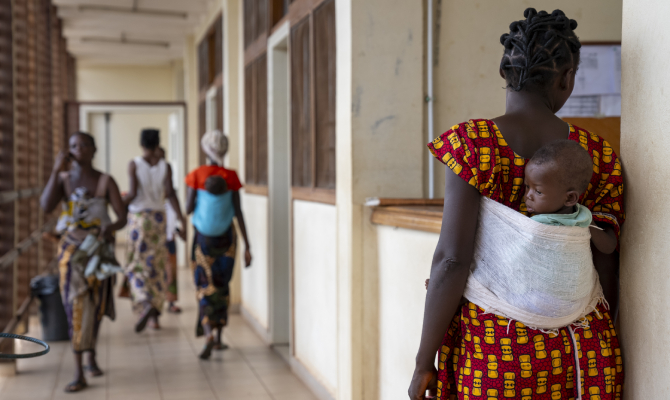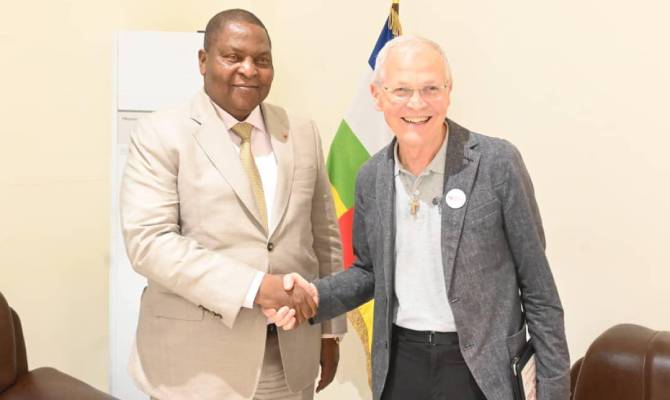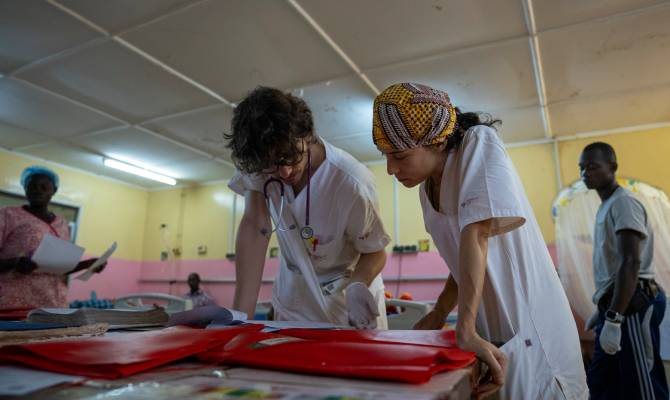The Central African Republic continues to have a fragile domestic situation, particularly unstable in some areas, ranking 188 out of 191 on the Human Development Index. According to OCHA 2024 estimates, 2.8 million people are in need of care but the health system appears fragile, with poorly qualified health personnel and, above all, not enough to cover the needs of the population. In fact, the country has only one doctor for every 50,000 inhabitants and one nurse for every 20,000 inhabitants (WHO 2021).
For this reason, at the Complexe Hospitalier Universitaire Pédiatrique in Bangui (CHUPB), a specific focus was promoted on transfontanellar ultrasound, an important diagnostic tool that can be used in children arriving in the emergency room in critical situations. The training was aimed at learning and improving the use of this new diagnostic method. Investing in training and capacity-building is essential in fragile contexts to meet the challenges of resource-constrained healthcare and to guarantee essential health services to the population, particularly newborns and children. But then does training enter into the practice of daily care work? This was the question posed.
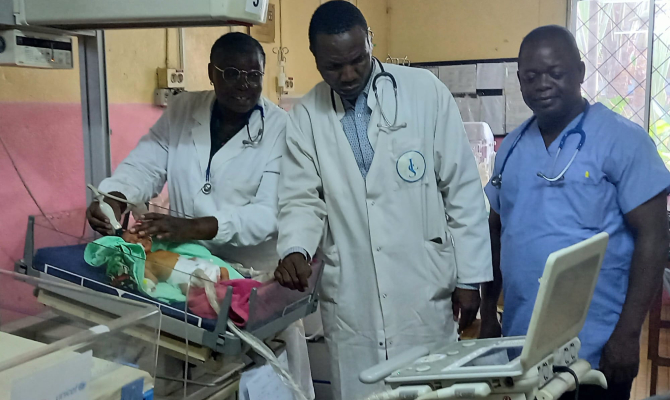
“One episode on the last day was particularly significant for me in terms of how much colleagues got involved. The night before, Dr Carine had received preterm triplets, the smallest of which, at 760 g, had died before she was able to give her an ultrasound scan,” says Alessandra Ometto, a paediatrician and neonatologist who gave the course at CHUPB.
“At the end of the course we have an appointment at 1 p.m. for a last practical lesson, before the delivery of the certificates of attendance by myself and Professor Gody, Director of the Hospital. When I arrive, Carine tells me that she had performed the post-mortem transfontanellar ultrasound on the baby because she wanted to understand – an important expression – whether her death had been caused by an acute brain problem, not just stopping at the fact that the little twin was the last born and of very low weight. He had recorded the entire examination in the apparatus and asked to see it together; in his opinion, the baby had had a grade three acute cerebral haemorrhage, the maximum. So, we all reviewed her recording together and the examination, which had been well performed, had led her to make the correct diagnosis. All this had happened on her own initiative without my intervention, not even support or encouragement. For me, this is an important achievement that gives reason for a training intended to involve them personally, to make them curious, to enthuse them. Therefore, if there is to be a next training, for which I will always be available, I imagine it will no longer be a course packaged by me, but a sharing and supervision of their cases and ultrasound scans, where they will learn more and more how to integrate diagnostic imaging with the clinic,” emphasises Alessandra.

Capacity building as well as “on the job” training of the health personnel at CHUPB are part of the project “Support for Paediatric and Nutritional Care, Resilience and Governance at CHUPB” project, funded by the European Union and implemented in collaboration with Action against hunger (ACF).
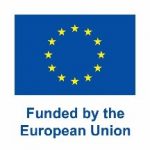
The contents are the sole responsibility of Doctors with Africa CUAMM and do not necessarily reflect the vision of the European Union.
